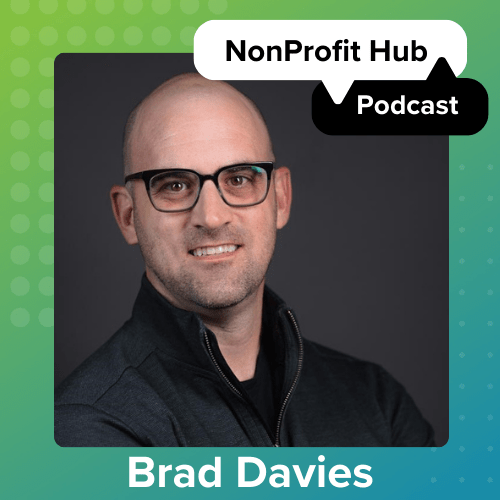Sponsored by Network for Good
From early childhood, we are taught the magic words: thank you. I don’t have to tell you that these two simple words can make or break the relationship between an organization and its donors.
Most nonprofits know how important it is to send acknowledgment letters after receiving gifts. We dutifully thank our donors for the recorded gift and tell the donor about the many great works we perform because of the gifts we receive. We thank our donors and move on to the next task.
But, to truly engage and retain donors, we need to do so much more!
We need to foster an attitude of gratitude and create a culture of thanking our donors. Developing a donor-centric gift acknowledgment policy is key to ensuring that our donors feel appreciated and our board members are excited about fundraising—a win-win for any organization!
To create an attitude of gratitude, consider the good ole’ fashioned 5Ws and an H:
Who is involved in each step of the thank you process?
- Invite board members into the thank you process. Thank them first and recognize their gifts and role as huge supporters of your organization.
- Print a weekly gift report that’s given to every staff and board member involved in thanking donors. Brainstorm ways to make sure EVERY donor knows their gift matters.
- Prepare thank you note cards at board meetings with notes about the donor. Also, ask board members to write, or at least sign, several notes. Or, better yet, make phone calls, thanking the donors before the meeting officially begins.
What is your gift acknowledgment policy?
- Is it part of a larger, more encompassing thank you policy?
- What happens from the moment the gift arrives?
- Do you have this policy in writing so that it is an organizational process, not person dependent?
- Does the gift amount determine the speed of acknowledgment, who the ‘thanker’ is, or the method of thanking?
When is each donor thanked?
- How often are acknowledgment letters sent? Is it a daily, weekly, or monthly task?
- Are larger donors thanked more quickly than smaller donors? Is a $10,000 gift acknowledged the same way as a $10 gift?
- Is a donor thanked at any time besides in the gift acknowledgment letter or the next ask?
Where are donors thanked?
- EVERYWHERE! Every time we see them. Every chance we get.
- Expose staff members to donors’ names. Post a donor sign/wall in the office. Acknowledge them in a weekly employee briefing or at a staff meeting.
- Mention donors on the website, in newsletters, and on social media. Get the word out: you have FANTASTIC donors!
Why do we always need to thank donors? Isn’t once enough?
- Because without them, nothing happens!
- Your organization is the facilitator of the relationship between the donor and the recipient. Try not to get in the way. Focus on how the donor makes a difference.
How are donors thanked?
- Develop quirky, unexpected, and fun ways to surprise donors.
- Decide 3-4 extra “thanks-4-giving” times per year. From Valentine’s Day to your organization’s anniversary to the donor’s birthday, there’s lots of opportunities to show your gratitude.
- Produce a quick-and-easy thanks video that highlights program participants and send it out via email.
- Hold an annual “thanks-4-giving” breakfast, picnic, or other event.
- Post a daily/weekly/monthly (depending on the volume of donors) social media “shout-out” that highlights specific donors.
John F. Kennedy once said, “As we express our gratitude, we must never forget that the highest appreciation is not to utter words, but to live by them.” As nonprofits, we must follow this advice and live our gratitude for the donors who make our work possible. From social media posts to regular phone calls and appreciation events, taking a “thanks-4-giving” approach will help our organizations not just survive, but thrive, in the future.
Ready to get started? Download the Complete Donor Thank You guide!
Janet Cobb CFRE, brings vision to reality… and vice versa. Janet thoroughly enjoys coaching executive directors, development staff, and board members as they analyze their reality, articulate their vision, and create a strategy to bring that vision to reality. Specializing in work with small to medium size nonprofits, Janet utilizes her background in education, graphic layout, and writing to complement almost 15 years in fundraising and three years as a fundraising coach.






